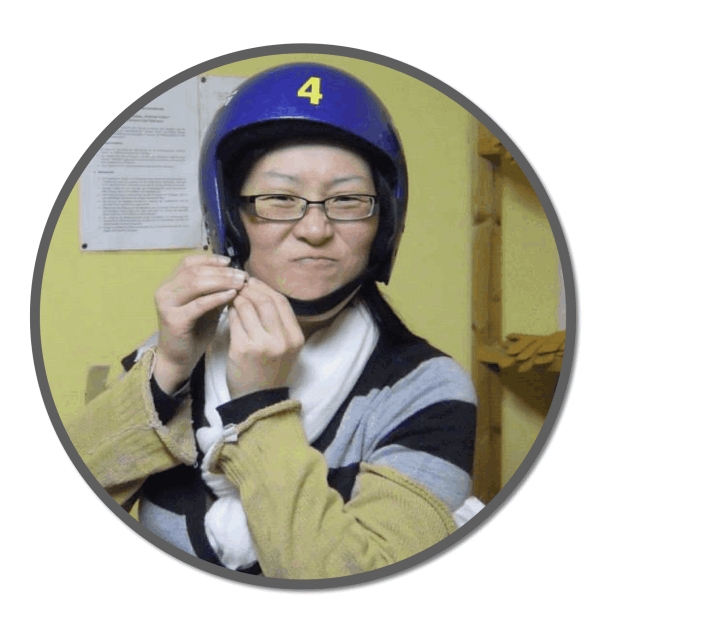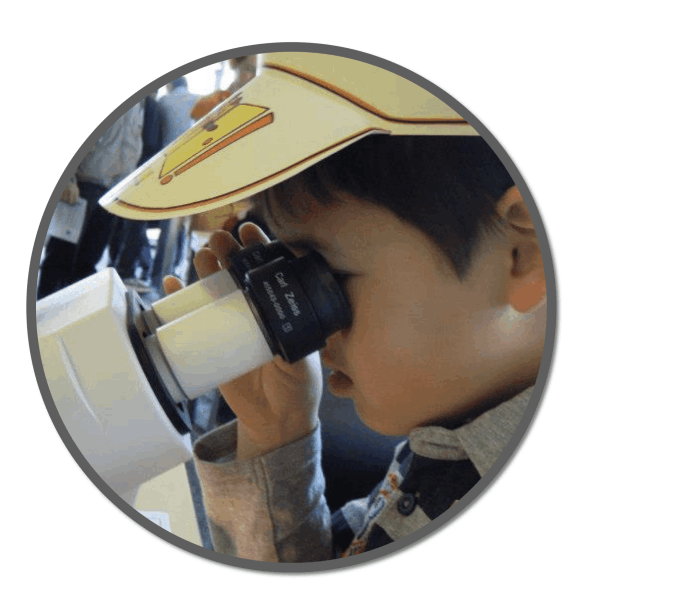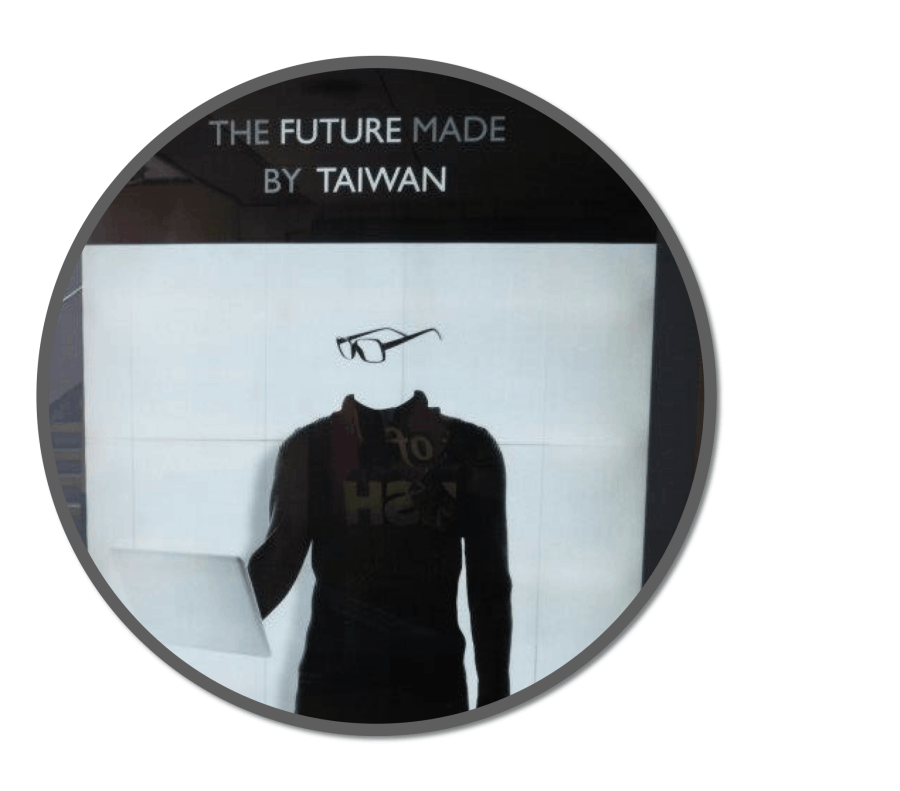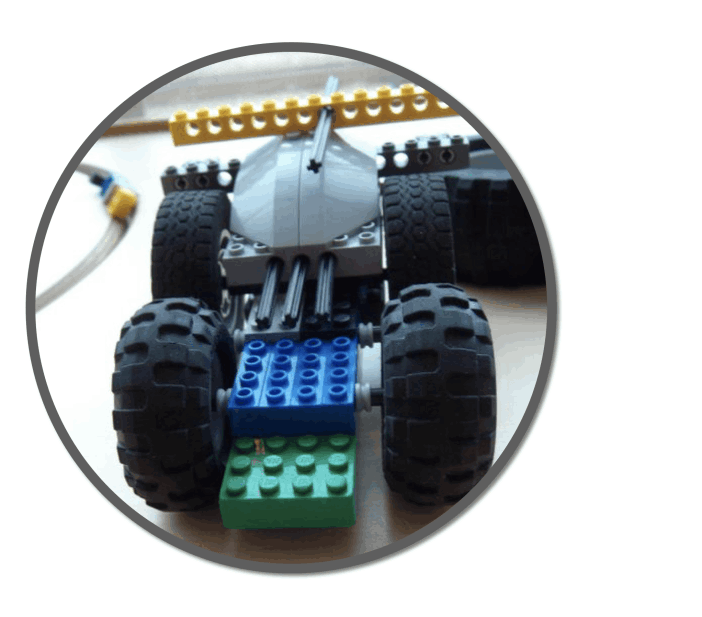WHY
During the internship at TÜV Rheinland in the UK, I discovered cultural difference not only across continent, also nations/regions (e.g. Germans and Brits). Often times lack of understanding of cultures hampered business performance.
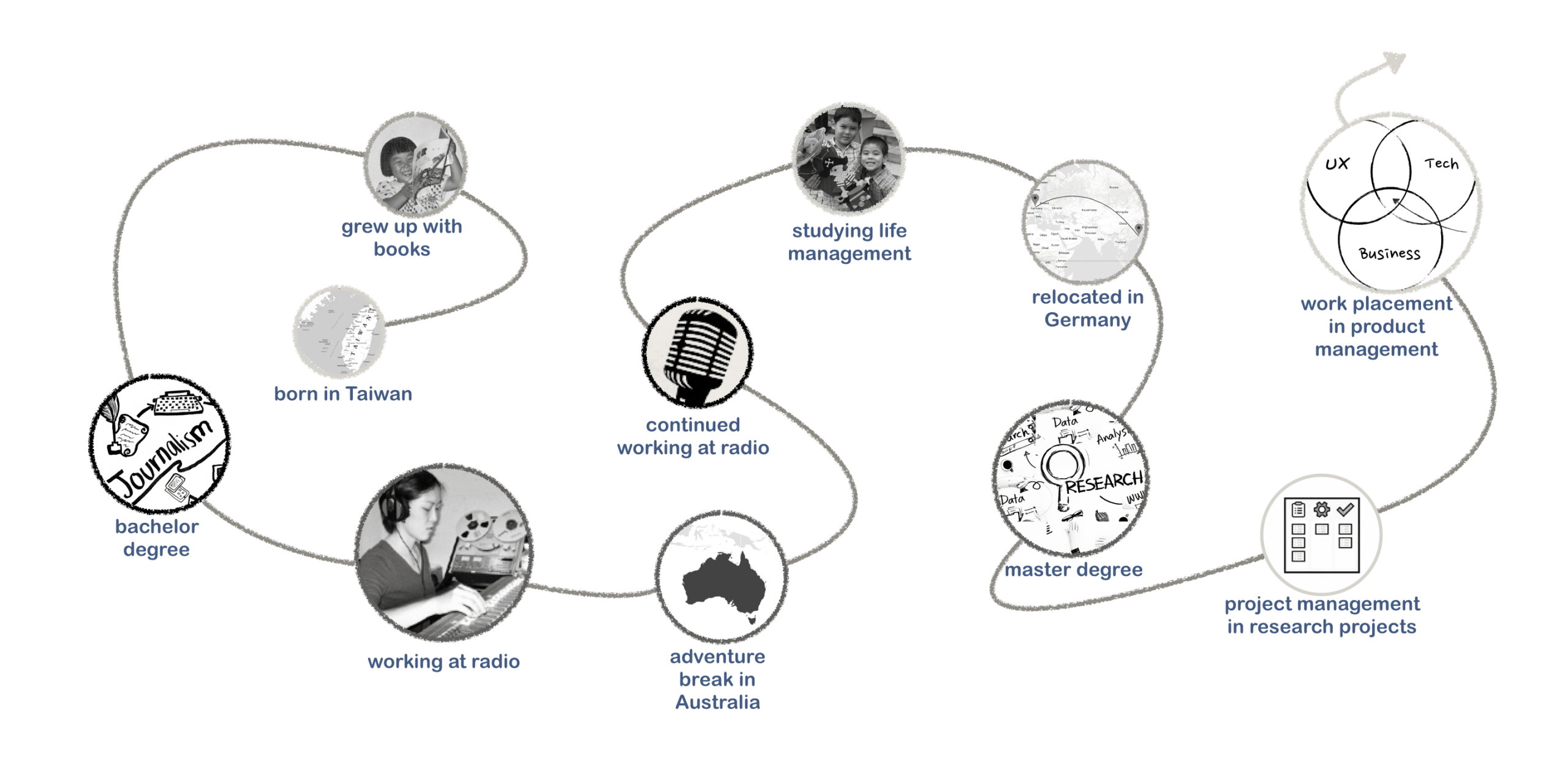
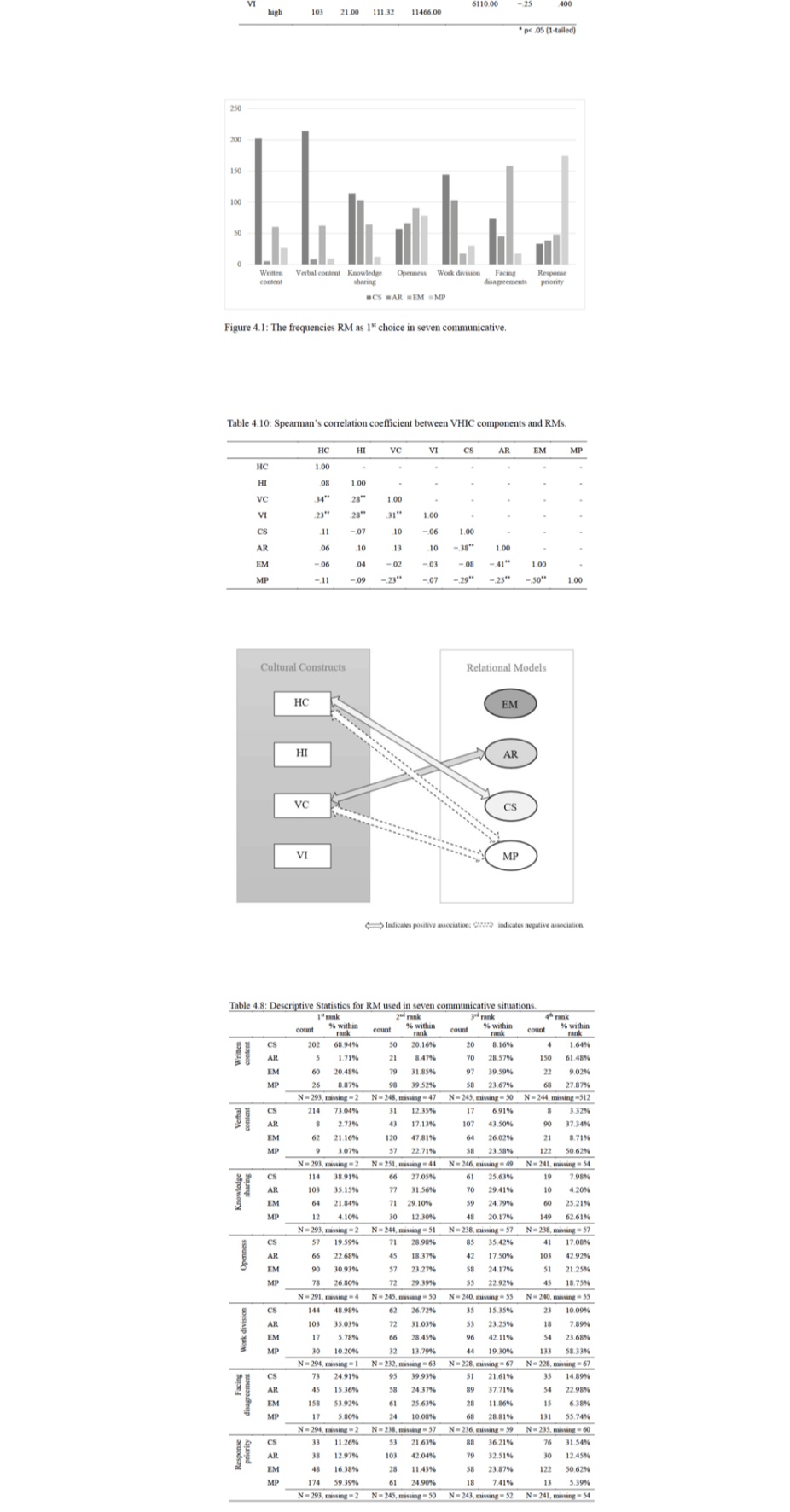
During the internship at TÜV Rheinland in the UK, I discovered cultural difference not only across continent, also nations/regions (e.g. Germans and Brits). Often times lack of understanding of cultures hampered business performance.
- survey on employees within TÜV Rheinland (N=298)
- quantitative approach with questionnaire:
a. seven scenarios in working context
b. measurement for culture typology
c. demographic background
- data analysis:
a. factor analysis → finding variables and interrelationships
b. Mann-Whitney U test → compare two groups if significant difference exists (with non-
normal distributions data)
- indistinguishable between cultural and personality constructs within VHIC
- the use of Relational Models is situation and context depended
- no strong association between culture constructs and Relational Models
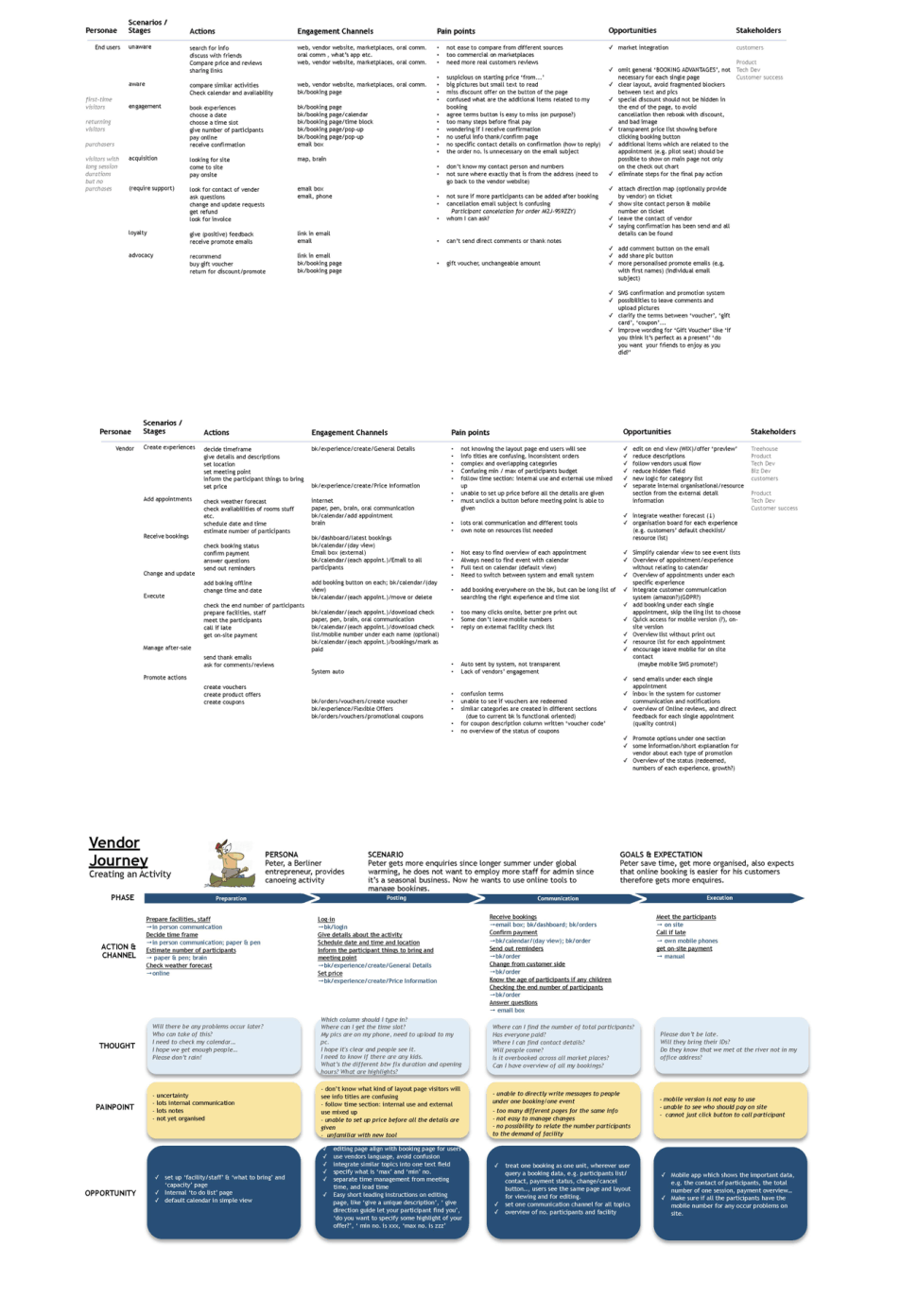
Bookingkit, 2018
Bookingkit is a SaaS platform for leisure activities vendors to administrate online processes, incl. accounting, resource management and marketing. In fast growing pace, the product had increased numerous of features, as well as the complexity of interface. User journey mapping can let product team zoom out the vision of seeing their own product and with user’s point of view.
- choose scope:
a. the journey of end users who book experiences online
b. vendors who create experiences & schedule events
- discover characteristics of current vendors ( Power BI)
- discover characteristics of end users ( Google Analytics)
- create user persona
- list all user interactions and touchpoints
- take user intention into account (ProdcutBoard)
- visualise relevant concept
Before the possible redesign epic is planned, we would like to know product team members’ options towards the functionality, as an initial guide to decide which features should be tackled in usability testing; as well as to bring the awareness within the team regarding coming epic and new perspectives for the users.
- survey on product team
- distribution via internal channel
- compare results of internal with database
- share the results on daily standup
- tend to bring initial insights
- defined important features and further
confirmed by Analytics&BI
- tackled features which are unclear with
naming and seldomly used by users
- unveiled payment methods are important
feature for vendors but less being
concerned by product team
- realise the Bl data is not representative
and metrics needed to be adjusted
- further implication:
a. measurement setup for internal/
external revenue in each feature
b. data of single vendors in different time frames

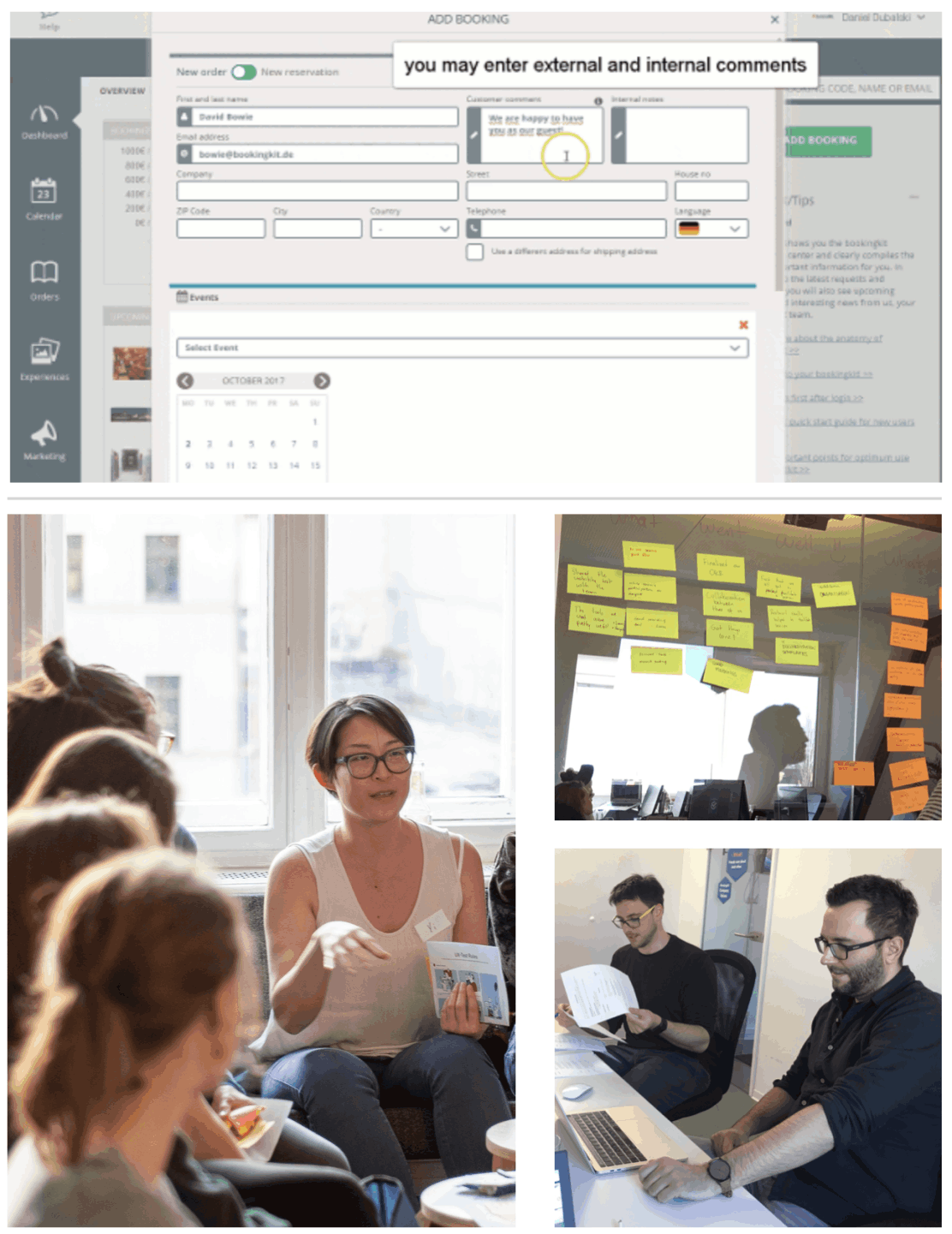
According to Google Analytics, onsite booking is the most used functionality by vendors. Before the possible redesign decision being made in the following epics, initial usability testing needs to be executed.
- develop a test plan
- set up facilitator and note taker/observer
- create scenarios (contextual)
- recruit test users: invite freshly on-boarded employees
- virtual “spying room” for product team to live monitor
- identify severity and relevance
- analyse and report insights for design epic
- retrospective session
- documentation
- same painpoints are multiply defined by different users
- discovered unexpected bugs
- instructions and fake data for entry can be refined
- optional system environment (Mac/Win)
- clarify internal instructions to product team (mute mic,
watch only without comments)
- the importance of retrospective session

